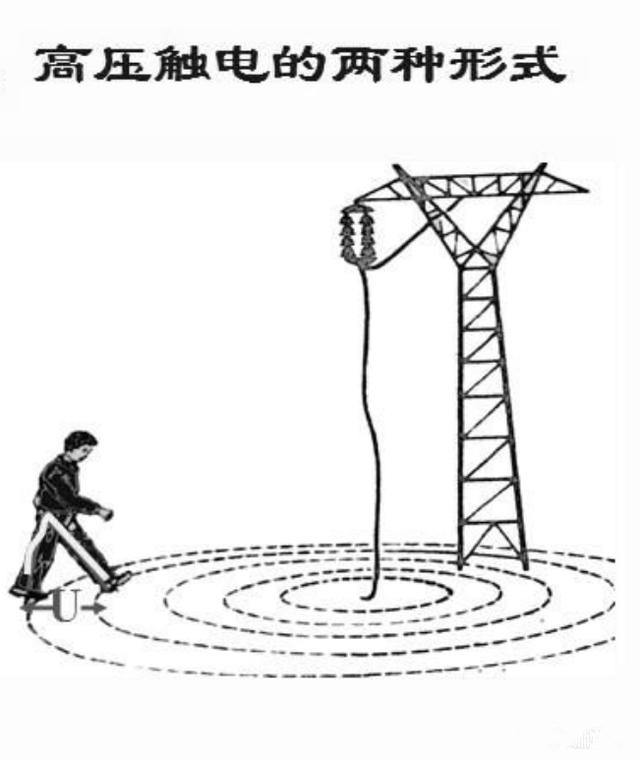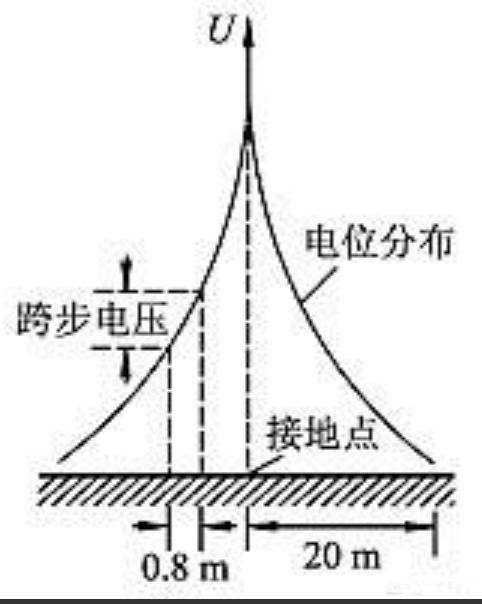The insulator itself acts as a device that can be placed between different potential conductors and conductors or between conductors and ground to withstand voltage and pressure. Insulators are a special type of insulation control that can play an important role in overhead transmission lines. Insulators play two fundamental roles in overhead transmission lines, namely supporting the conductors and preventing current from returning to the ground. These two functions must be ensured. The insulators should not fail due to various electromechanical stresses caused by changes in environmental and electrical load conditions. Otherwise, the insulator will not have a major effect, which will damage the use and operating life of the entire line.
The insulator should not change the characteristics of the insulation under the conditions of environmental changes and load changes. Otherwise, the insulator will not have a major effect and the entire line will be damaged.

Why can the stride voltage reach 20-30 meters when single grounding?
This depends on the single grounding voltage level, not absolute. For example, 10kv single grounding room is not allowed within a radius of 8m, outdoor is not allowed to enter within 20m.
 When the cable is grounded, we know that the earth is equivalent to a conductor, and the current is spread like it. The more the voltage is measured at the grounding point, the voltage difference between the two legs when the person approaches, and the circuit can form a loop. Received an electric shock.
When the cable is grounded, we know that the earth is equivalent to a conductor, and the current is spread like it. The more the voltage is measured at the grounding point, the voltage difference between the two legs when the person approaches, and the circuit can form a loop. Received an electric shock.
So everyone sees the cable head on the ground and don't get close.
















 RCCN WeChat QrCode
RCCN WeChat QrCode Mobile WebSite
Mobile WebSite